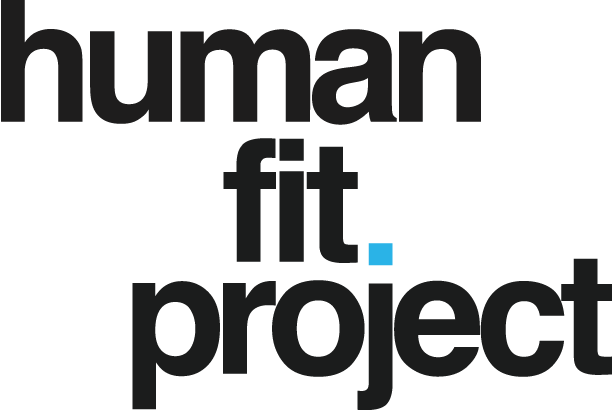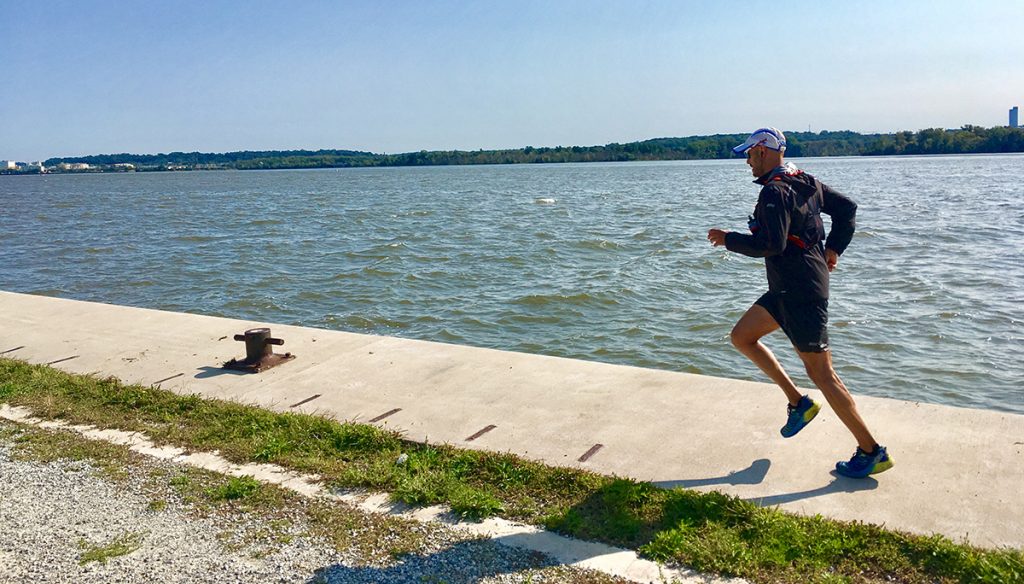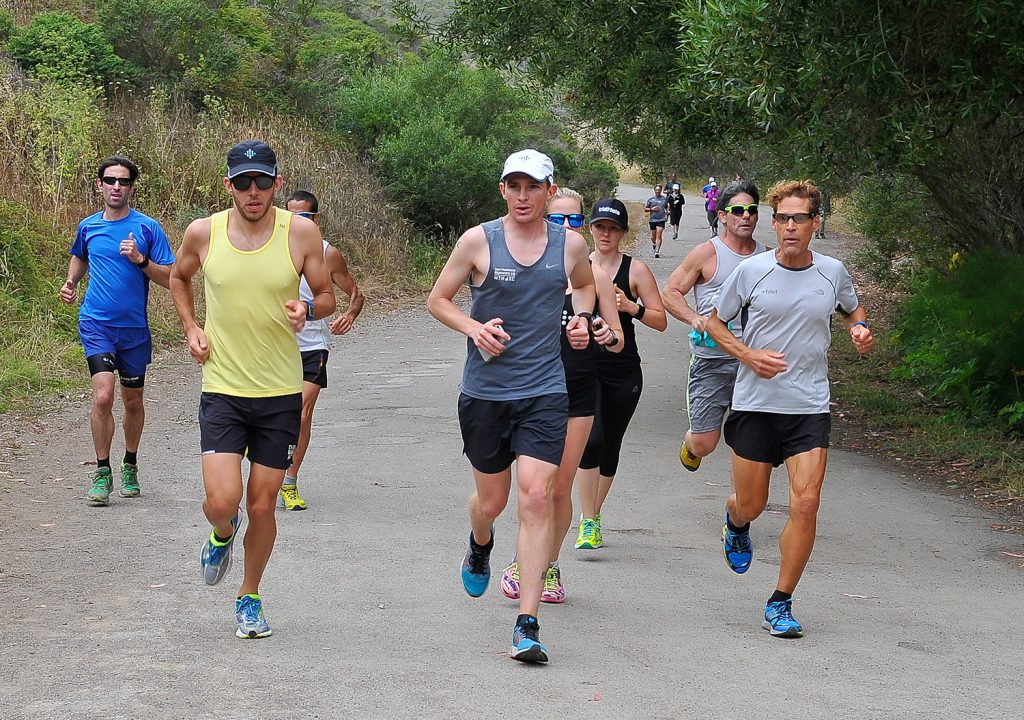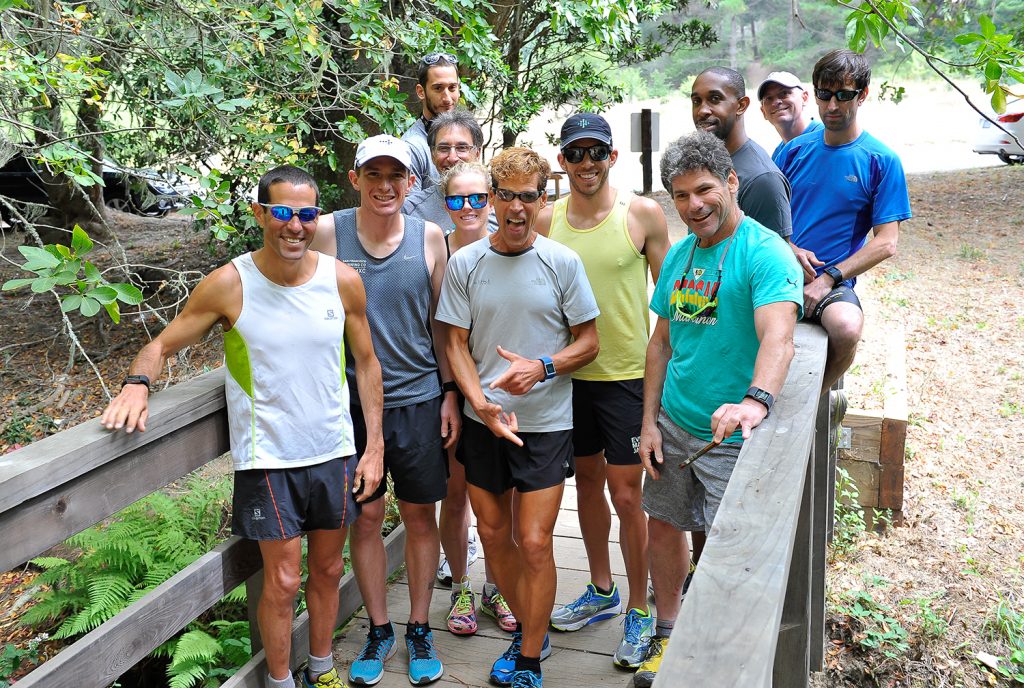Alex Anyse (@onemileonesmile) is a former U.S. Military Intelligence and Clandestine Service Officer with the CIA. He’s operated in the Balkans, Middle East, and South East Asia and has received various military awards including a Bronze Star Medal for his work in Afghanistan. Anyse is also the co-founder and partner of The MASY Group, LLC where he’s a subject matter expert in leadership and security. He works with the Defense Department and the Intelligence Community.
In September of 2017, Anyse competed in a 153-mile race from Athens to Sparta called the Spartathon. His inspiration was the non-profit, Smile Train (@SmileTrain) which provides free surgeries for children with lip and cleft palate. Anyse pledged to raise enough for 153 surgeries as a part of his One Mile One Smile Project. He successfully delivered, and we wanted to hear all about the experience.
Name: Alex Anyse
DOB: August 1971
Current residency: Arlington, VA
Mike Simone: Of all the things you could potentially do to challenge the human body (and support charitable efforts such as Smile Train), what was it that inspired you to do something as extreme as running 150+ miles?
Alex Anyse: I am inspired by the Spartathlon, an ultra race held in Greece every year that spans the distance from Athens to Sparta. I was intrigued by both its historic background as well as the physical and spiritual demands of such an event. Limited to about 390 international runners, just qualifying alone was a tremendous challenge. I have always been fascinated by the idea of what we think is possible and running 153 consecutive miles in less than 36 hours certainly challenged that notion.
MS: Do you remember exactly when/where you were when you set your mind to it?
AA: A supporter of the Smile Train foundation for many years ( www.smiletrain.org), my principal motivation was to raise funds for more children in need of either cleft lip or palate surgeries. But it was during a short run on an island in Greece that I connected this cause to the prospect of running the Spartathlon. Quite out of shape, huffing and puffing up a small hill, the idea of “One Mile One Smile” popped in my head: 153 miles for helping 153 children. At that moment and probably against all odds, I felt confident that with the right motivation I could eventually qualify for the race.
MS: What did your training schedule look like? How long was it? How was it structured?
AA: Given that I had limited running experience a few years back, my first step was to turn to professional coach and elite ultra runner Ian Sharman. Under his guidance, I built up a baseline of running. Initiially, I tried to rush things which led to some setbacks and several injuries. Literally, the first year was spent getting comfortable with running long distances and eventually building up to back-to-back runs of 20 to 32 miles.
I do two to three core training sessions per week but always vary them. One might be with weights, another with a kettle bar or resistance bands. The intent is to consistently challenge the body in addition to some basic strength exercises. However, the focus has always been on quality over quantity. During the week, I typically have a couple of runs around 6 to 10 miles with the aim to maintain and increase my VO2 and overall fitness. This may include a Fartlek run (a session during which you incorporate multiple accelerations that elevate your heart rate) as well as a tempo run. I also add two recovery runs during which I keep a relaxed pace. The week will end with either a long run or even back-to-back sessions, i.e. 26 miles on a Friday afternoon followed by another 26 miles Saturday morning. Keep in mind, these are mostly relaxed long-distance runs. I may also incorporate some speed work depending on where I am at during the training cycle.
MS: What did you learn about training and your body that you didn’t know?
AA: At the end of the day, you have to listen to the body. It took me some time to get there, but now I am much more in tune with how I feel and it’s helped me make continued progress. Today, I am stronger and faster than I was just a year ago. And I credit this improvement to no longer stressing about a preset training block, but instead go with how I feel. So, occasionally, if I have scheduled a hard workout but feel under the weather, I will ease up and catch up in the following session.
MS: What was the best piece of advice you had gotten before doing this?
AA: I actually got two. The first is the need to treat recovery the same way you would treat a speed session or any hard workout. This means both in terms of timing your nutritional intake as well managing stress and sleep. The latter is so critical and yet it’s one aspect that many of us have a hard time with. We easily steal sleep to do other things, but – to make real progress – you have to give your body time to rest and properly recover.
The second important piece of advice is to understand the role of nutrition and how, what may work for others, may not work for you. Under the guidance of ultra runner and sport nutritionist Dr. Stephanie Howe Violett, I tune in the right nutrition at the right time. I keep a balanced Mediterranean diet, limit processed foods and adopt a periodized approach leading up to a race, i.e. limit heavier carbs, cut out sugars, and get plenty of greens.
MS: Where does your mind go when you’re on runs? Especially on the super long ones.
AA: I am often asked this question and the answer varies. As I get ready to go out, I remind myself of the primary reason I am doing this. This is an important motivator and it helps me stay grounded and positive. It is different from run to run. At times, I would listen to a music playlist, an audio book, a foreign language lesson … inevitably, I would even have to take conference calls during some long runs as not to delay a team or work engagement.
But I often go back to Smile Train’s vision and how grateful I feel with the support I have received from family and friends. Last year, we visited with my business partner and our wives one of Smile Train’s partner clinics in Tanzania. It was a moving moment to meet the children who were scheduled for cleft surgery and talk to the mothers. We attended the surgery of a baby boy and witnessed how, within an hour, the life of a child was forever changed.
MS: How did you manage focus on training while also running a company?
AA: I think we can all relate to the balancing act between family, full time job and other responsibilities. Everyone wants a magic formula, but there is none beyond being disciplined and not letting a hard work day be an excuse not to give your best. Building long term training into an already loaded daily routine proved to be a hard challenge. You learn to be efficient with your time – there is no way around it. Thankfully, as co-owner of a company, I have some flexibility to control my schedule to a certain extent.
MS: Do you think there’s any type of connection between athletics and business?
AA: Absolutely, in the execution plan. You have to clearly define your end goal, establish how to get there, and surround yourself with the right people who share the same values and vision – from how you lead your team to how you meet your client requirements. It takes time to create, establish and sustain an effective business model. Getting to run 100 miles under 20 hours required a similar process.
MS: How did you get involved in Smile Train? And why them in particular?
AA: I first learnt of Smile Train’s vision while working overseas. I was drawn by their approach to empower local communities in treating and eradicating cleft lip and palate. The surgery can take as little as 45 minutes and costs as little as $250. My business partner and I have been supporting the organization for ten years and it’s a great feeling to think how many lives we have impacted over time.
I encourage you to look at their webpage (www.smiletrain.org) to learn more about their efforts and success around the world. They have a program geared for athletes called Team EMPOWER where members compete in various athletic events and want to make a difference in the process.
MS: Congratulations on competing in the Spartathon and hitting your fundraising goal to cover 153 children! What’s next for you?
AA: Thanks to many generous donors, we met our fundraising goal and the race was an incredible experience. The start line is just under the Acropolis. As the sun rises, 390 runners from around the world are making their last minute preparations surrounded by friends and family. It’s a very special atmosphere and, throughout the race, you are inspired by the support of the Greek community who cheer everyone, from the first to the last runner. I had a solid performance and was 90 minutes ahead of the cutoff up until around mile 80 when I unfortunately had to pull out due to rhabdomyolysis. It was disappointing but can happen due to the physical demand of ultra races.
After the race, I was moved by the kind words of people in Sparta, who encouraged me to give it another try … This is a very special event and just qualifying for that ultra is no small task. So, I am working with the Smile Train team to figure out the next step… certainly, to be continued.




